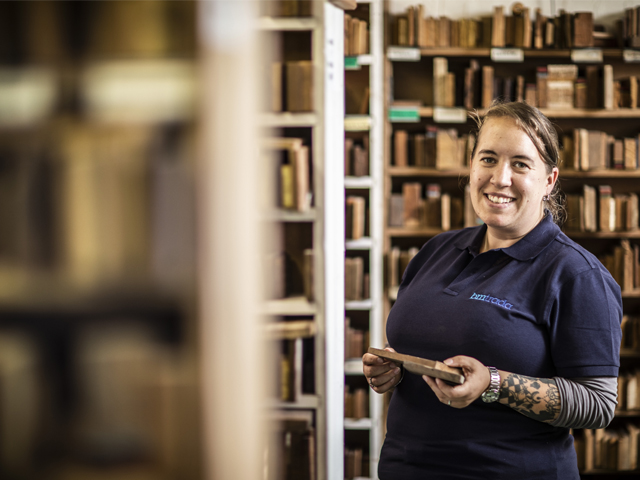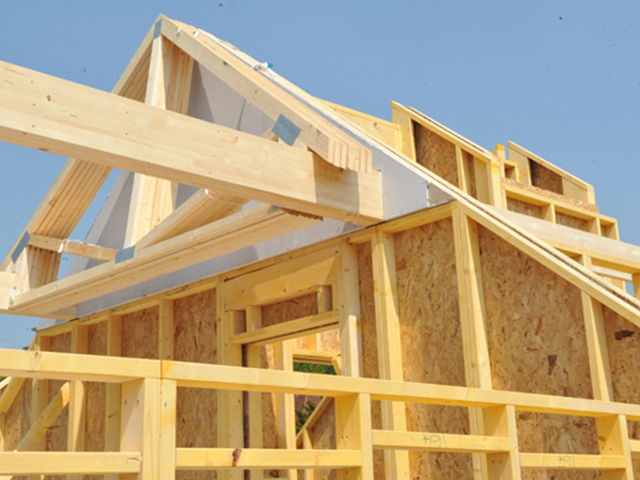Getting off the ground with timber
Getting off the Ground with Timber
With any construction project, ensuring a level foundation is one of the most vital build stages and this is no different with timber frame. Sole plates form a key part of timber frame construction and working to make sure these are level and comply with tolerances is essential to the success of any project.
At the core of working with sole plates in timber frame construction is ensuring that the tolerances are correct. Dimensional tolerances that ground workers are used to in other forms of construction are often too great for timber frame, so it is important for all parties involved to understand what is required. With that in mind, we take a deeper look at sole plates within timber frame buildings.
Slab Tolerance is Critical:
Timber frame manufacturers and their erection crews are all too aware of the problems of slab tolerance and are likely to have, within their contract, clauses ensuring responsibility rests with the main contractor when dimensions stated exceed tolerances.
Often a representative from the timber frame manufacturer/erector will visit a site before the timber frame is delivered to check dimensions. BM TRADA’s frameCHECK service can aid with this, providing third party expert timber consultancy advice on the design and build quality of timber frame buildings. This specialist service is designed to benefit all users of timber frame, ensuring that timber buildings are constructed in accordance with specifications and best practice throughout the build process.
Levelling out Sole Plates:
Only when the sole plate is installed within recommended tolerances or when a structural engineer gives additional guidance, should construction start on the timber frame wall panels.
As mentioned before, level foundations are critical – but what’s the best practice for ensuring level sole plates?
Any areas that are out of level must be identified and corrected, normally using structural shims under the sole plates. Shims should be made of a non-compressible and inert material, typically plastic. A good rule of thumb is that unless otherwise specified they should be installed below the DPC underneath every stud in the wall panels and be the same cross-sectional area as the studs. In effect, they are mini studs transferring the load to the foundations
Responsibility for Building Support:
For effective point load transfer, the cross-sectional area of the shims should match that of the point load, but some timber frame erectors only install sufficient shims to level the sole plate, not to support the building. They argue that it is then the responsibility of the main contractor to install additional shims or structural grout to meet their contractual obligations of supplying a level foundation. It is sensible to clarify responsibility for undertaking this work to prevent later problems with movement of the frame and sole plate distortion. Adequate support must be installed, not ignored.
Locating Sole Plates:
Sole plates must also be correctly located to the timber frame manufacturer’s drawing. If a foundation is not within recommended tolerances, an overhanging sole plate reduces the area available for transferring the load of the building.
If set back, there remains a small ledge that can collect water, mortar droppings and other debris and may lead to a blocked cavity, as well as opening up a route for moisture to penetrate structural timber elements. All external wall sole plates should be positioned at least 150mm above external finished ground level, while all internal wall sole plates should be installed level with the internal finished floor. This will often require the use of masonry or concrete upstands to lift the timber frame structure.
In summary, time spent on sole plates is well spent. It makes for more efficient construction, better quality and happier clients. Expert third-party advice such as BM TRADA’s frameCHECK service ensures that the project will comply with required tolerances and get your timber project off the ground.
To speak to one of our engaged experts, call us on +44 (0) 1494 569 601 or email us.
Find related Resources

